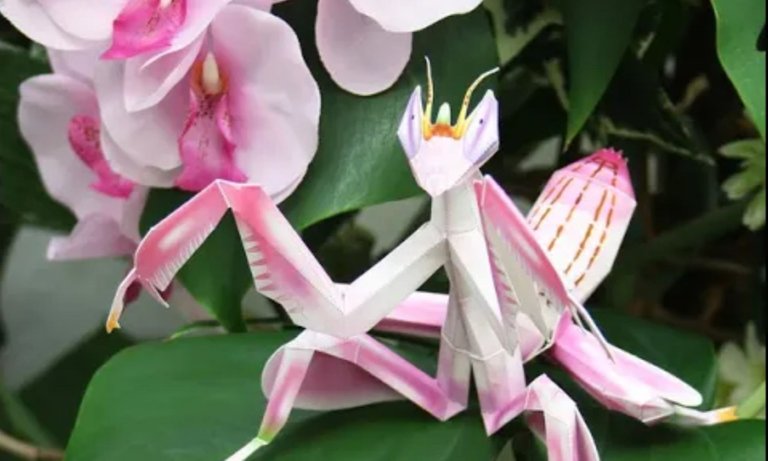
Orchid grasshoppers are often referred to as praying mantis with a beautiful combination of pink and white colors that are similar to orchids, so they are called orchid grasshoppers.
Orchid grasshoppers are often kept as pets because of their beautiful and charming colors.
Physically, adult female orchid grasshoppers have a length of 6-7 cm while males are only 2.5 cm, a unique fact because males have a smaller physique, males will go through the adult stage faster than females.
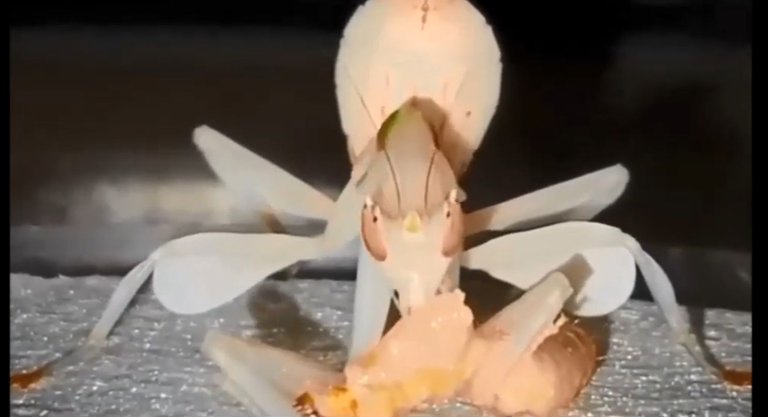
In addition, the difference between males and females is the physical color, adult males have slightly white and pink wings, almost no lopus on the long legs while the female has large lopus on the legs and on the back of the female there is a green color while the male has slightly brownish spots.
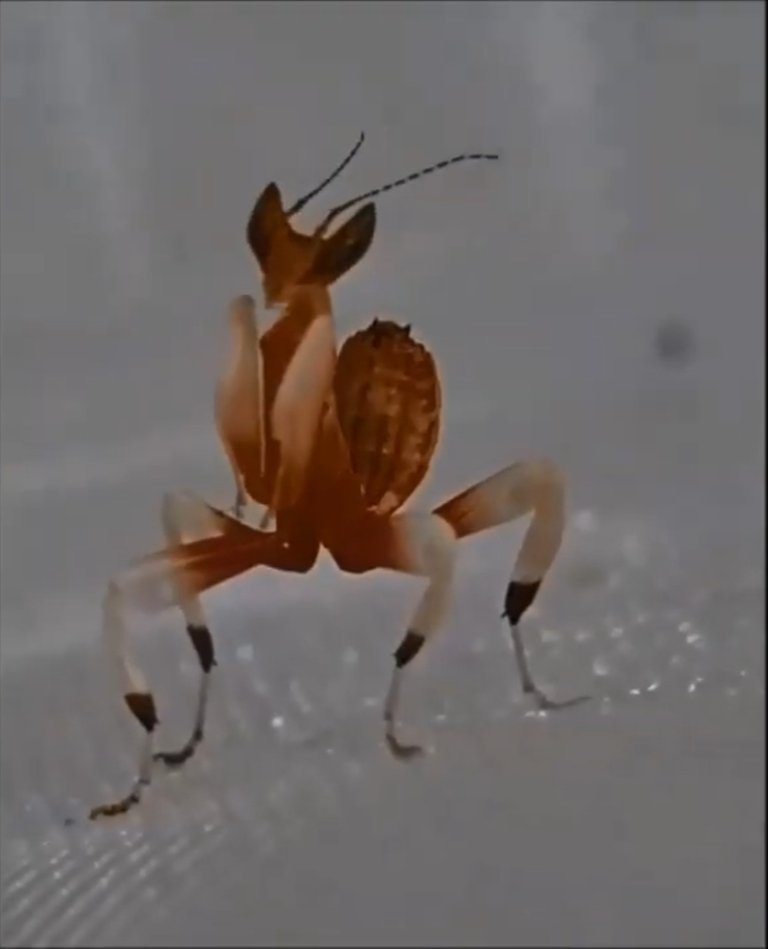
The original habitat of the orchid grasshopper is in the bushes and small trees, because of that the orchid grasshopper does not look like a predator, and the orchid grasshopper will prey on small insects that are attracted to flowers.
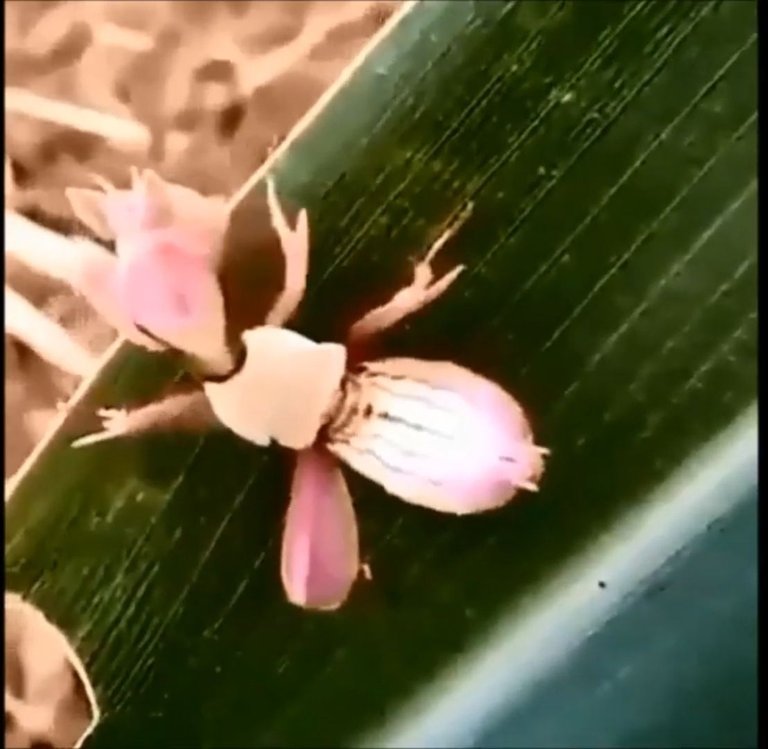
The behavior of the orchid grasshopper is known as a calm praying mantis because they are still waiting for their prey without doing anything aggressive among the plants that are colored. But sometimes the orchid grasshopper hunts its prey when it detects its prey.
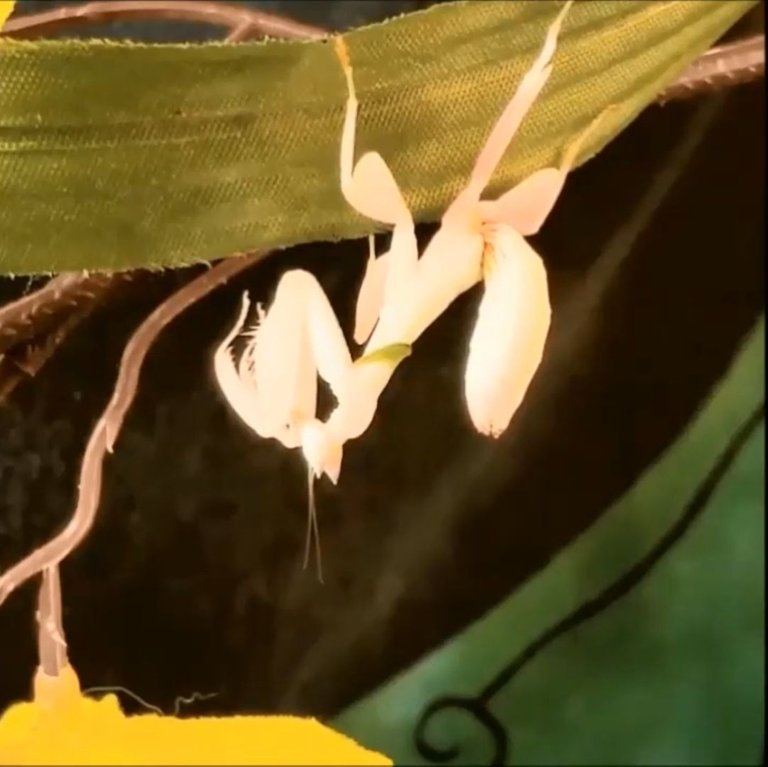
The orchid praying mantis undergoes incomplete metamorphosis where the orchid mantis has three phases in its life cycle, where the first phase is the egg phase and the second is the infa phase while the third is the adult phase. The infa phase is where the shape of the orchid grasshopper already resembles an adult grasshopper but does not yet have a ssayab.
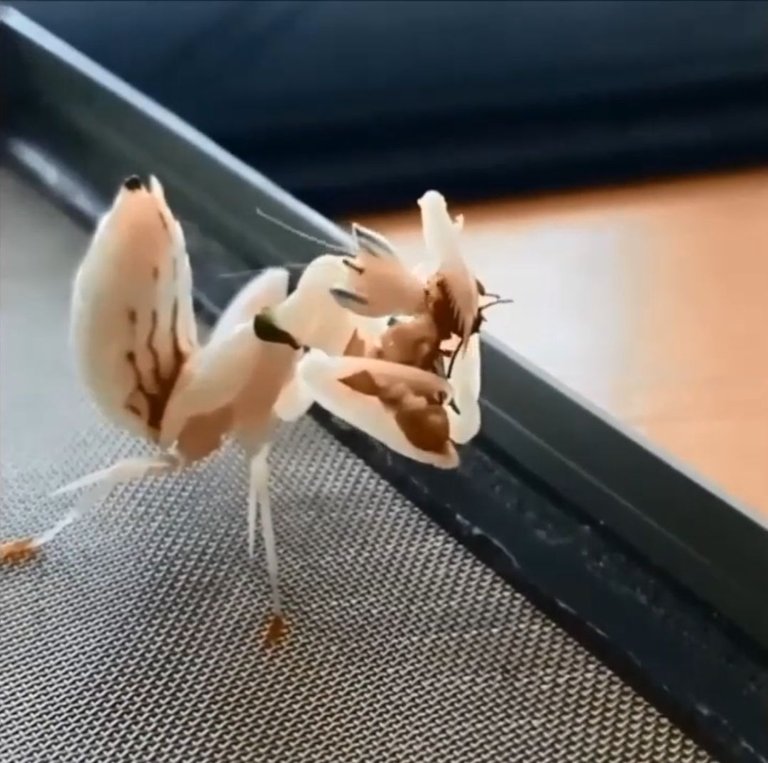
That's all from me tonight I hope I can add insight to our knowledge, especially myself about beautiful insects.
Thank you for visiting my blog and I really hope for guidance and advice from all of my friends so that I can create a blog and share information that I know better in the future.
Thanks again I say to everyone my greetings @irfandy and happy greetings everyone :)
These aren't grasshoppers (order: Orthoptera, subfamily: Gomphocerinae) but belong to the order Mantodea.
Very nice photos though!